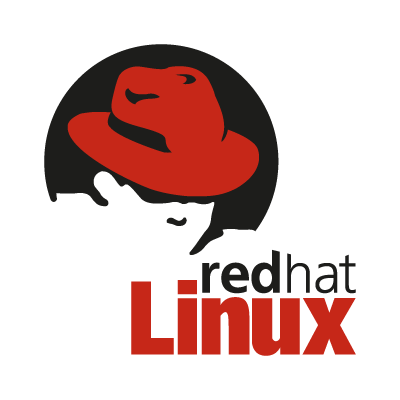

Red Hat Insights now includes a malware detection capability to scan Red Hat Enterprise Linux systems for the presence of known vulnerabilities or malicious code.

Administrators can also use new attestation technology to verify that their operating system is booting with validated, unmodified components, helping to better limit potential threat vectors. The latest versions of Red Hat Enterprise Linux extend multi-level security (MLS) support for agencies or other sensitive operations to better document and control classification needs. By enabling security compliance profiles in image builder blueprint files, IT teams can specify an OpenSCAP security profile when extending Red Hat Enterprise Linux deployments with image builder to deliver operating system images that meet IT security and compliance requirements from installation.
Red Hat Enterprise Linux 9.1 and 8.7 keep these needs front and center with operating system images that are pre-configured to meet organization-specific system security needs. Regardless of the environment, IT system security remains a constant concern for nearly every organization. Open innovation without sacrificing IT infrastructure security Vice president and general manager, Red Hat Enterprise Linux, Red HatĪccording to Forrester Research’s Predictions 2023: Cloud Computing, “Forty percent of firms will take a cloud-native-first strategy” while further stating that “Rather than plow resources into VMs, organizations will accelerate investment in Kubernetes as a distributed compute backbone for current applications as well as new workloads that can run more efficiently in K8s environments in a range of technology domains…” 1 Red Hat sees this predicted investment requiring a common foundation that extends across these technology domains, one that Red Hat Enterprise Linux has continued to deliver.


 0 kommentar(er)
0 kommentar(er)
